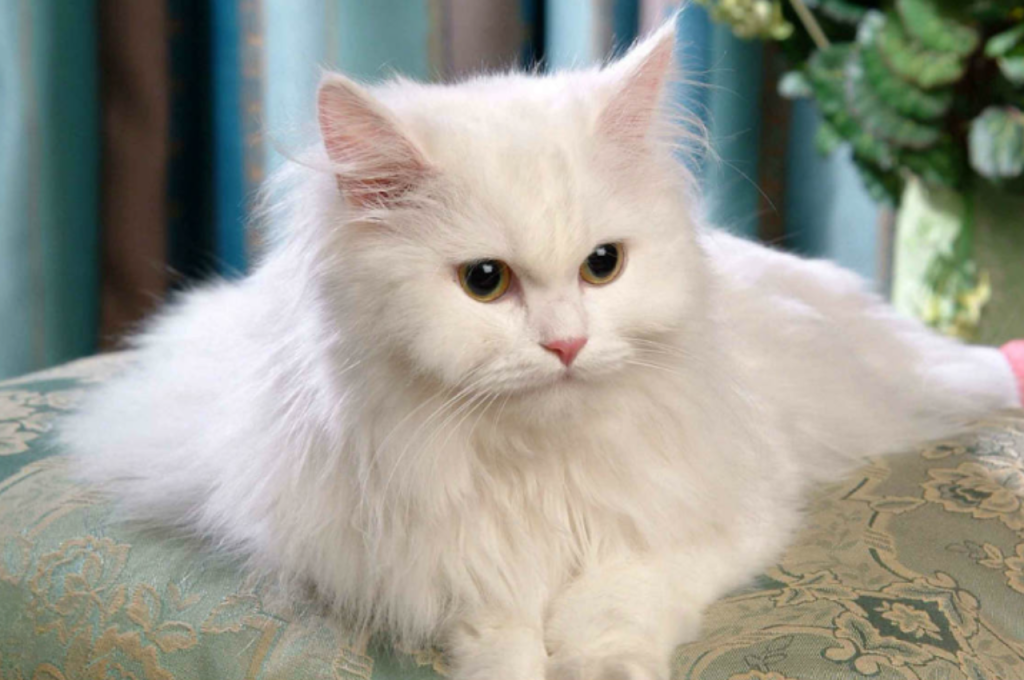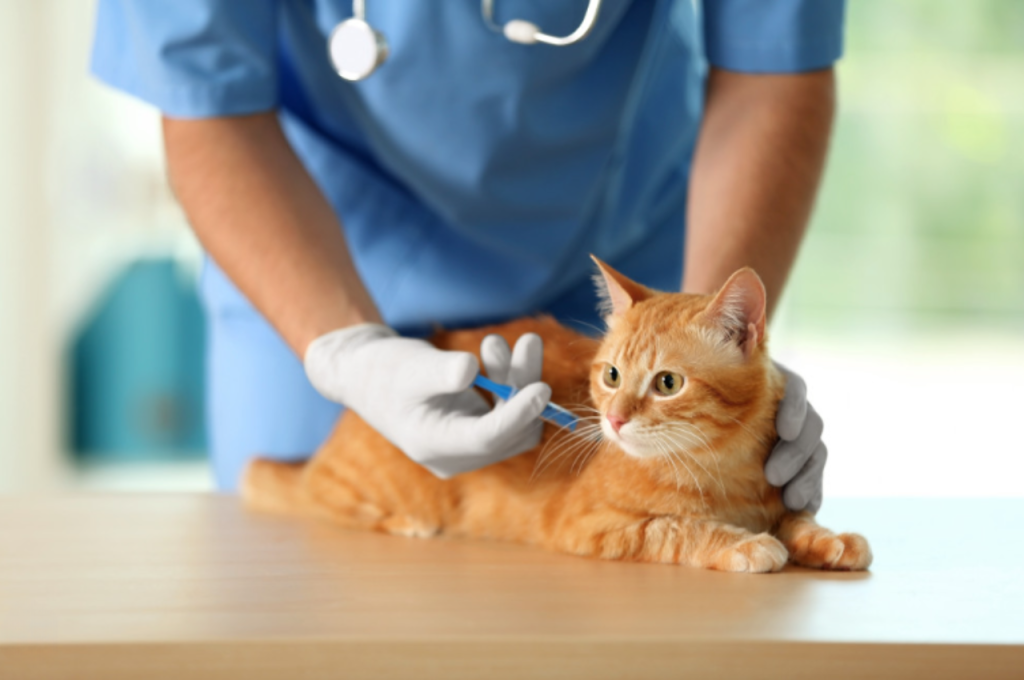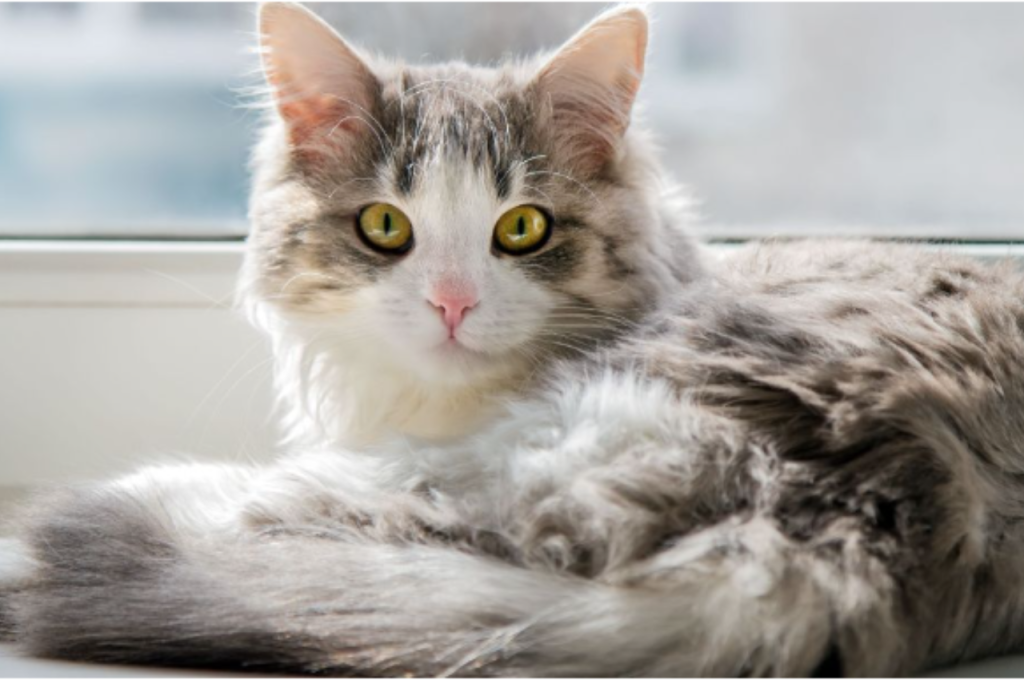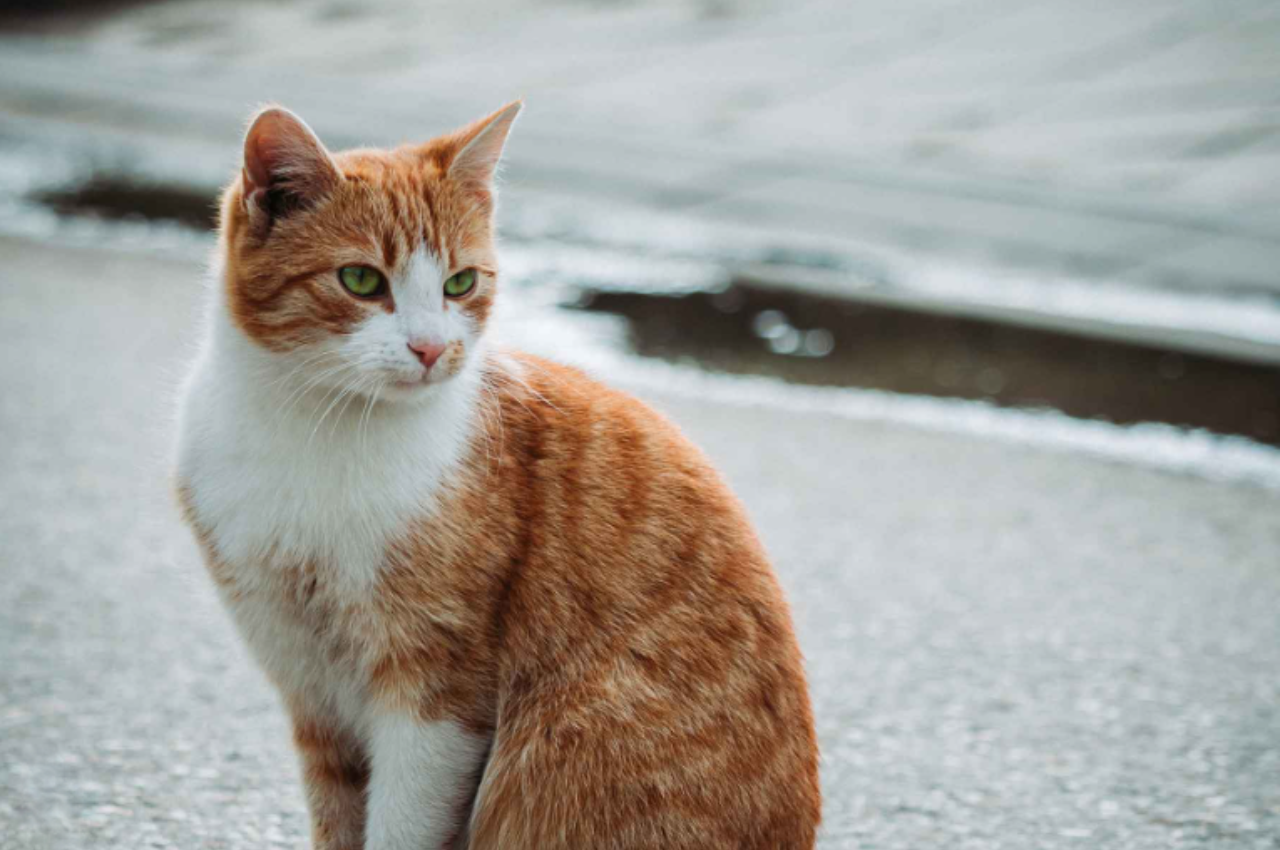Cats have an average lifespan of 12-16 years. Factors like genetics, diet, and environment can influence a cat’s longevity.
Understanding how long cats live can help pet owners provide the best care for their feline companions. By knowing the typical lifespan of a cat, you can make informed decisions about their health and well-being. Proper nutrition, regular veterinary check-ups, and a safe living environment can all contribute to a longer and healthier life for your beloved cat.
Cats bring joy and companionship to our lives, so it’s important to prioritize their health and happiness. By learning about their lifespan and unique needs, you can ensure a fulfilling and loving relationship with your furry friend.
Factors that Influence A Cat’s Lifespan
Various factors, such as genetics, diet, environment, and healthcare, can influence a cat’s lifespan significantly. Providing them with proper nutrition, regular veterinary care, and a safe, stress-free living environment can help ensure a longer and healthier life for your feline companion.

Breed Diet Exercise Healthcare Cats’ lifespan can vary due to several key factors that can influence how long our feline companions live. Let’s explore these factors in detail:
Breed
Different cat breeds have varying lifespans, with some breeds naturally living longer than others.
Diet
A well-balanced and nutritious diet plays a crucial role in determining a cat’s lifespan. Quality nutrition is essential for overall health and longevity.
Exercise
Regular physical activity helps keep cats fit and healthy, contributing to a longer lifespan.
Healthcare
Routine veterinary check-ups, vaccinations, and preventive care are vital in maintaining a cat’s health and increasing their lifespan. In conclusion, understanding and addressing these factors can help ensure that our feline friends lead long, healthy lives.
The Average Lifespan of Different Cat Breeds
Cats are beloved pets known for their unique personalities and characteristics. One important aspect to consider when choosing a cat breed is their average lifespan. Different cat breeds have varying lifespans, which can influence your decision when adopting a furry friend.
Siamese
The Siamese cat breed has an average lifespan of 14 to 16 years. Known for their striking blue almond-shaped eyes and sleek coats, Siamese cats are affectionate and vocal companions.
Persian
The Persian cat breed has an average lifespan of 12 to 15 years. With their luxurious long fur and sweet temperament, Persian cats require regular grooming to maintain their coat.
Maine Coon
The Maine Coon cat breed has an average lifespan of 12 to 15 years. As one of the largest domestic cat breeds, Maine Coons are friendly, sociable, and known for their playful nature.
Bengal
The Bengal cat breed has an average lifespan of 12 to 16 years. Recognized for their wild appearance and energetic personalities, Bengals are intelligent and active cats that enjoy interactive play.
Sphynx
The Sphynx cat breed has an average lifespan of 8 to 14 years. A hairless breed known for their affectionate nature, Sphynx cats require special care to protect their exposed skin.
Tips for Increasing Your Cat’s Lifespan
Discover simple ways to enhance your cat’s longevity. Focus on proper nutrition, regular exercise, routine veterinary check-ups, and mental stimulation for a happier, healthier feline companion.
When it comes to our beloved feline friends, we all want them to live long, healthy lives. To increase your cat’s lifespan, there are a few key factors that play a significant role. By following these tips, you can ensure that your cat stays happy and healthy for as long as possible:
Proper Nutrition
Proper nutrition is essential for your cat’s overall well-being. Providing a balanced diet that meets their specific nutritional needs is the foundation for a long and healthy life. When choosing cat food, opt for high-quality options that are formulated for your cat’s age, size, and any specific health concerns they may have. Ensure that their food contains the necessary combination of proteins, vitamins, and minerals to support their immune system, maintain a healthy weight, and promote good overall health.
Regular Vet Check-ups
Regular vet check-ups are crucial for preventing and detecting any potential health issues in your cat. Schedule routine visits with your veterinarian to ensure that your cat’s vaccinations are up to date and to address any concerns you may have. During these check-ups, your vet will assess your cat’s overall health, conduct necessary tests, and provide preventive care such as flea and tick treatment. Early detection and treatment of any health problems can significantly increase your cat’s lifespan.
Vaccinations
Vaccinations are a key component of keeping your cat healthy and increasing their lifespan. Vaccines protect your cat against various infectious diseases that can be potentially life-threatening. Make sure to keep track of your cat’s vaccination schedule and get them vaccinated regularly. Common vaccinations for cats include rabies, feline distemper, feline herpesvirus, and feline leukemia virus. Consult with your vet to determine the appropriate vaccines based on your cat’s lifestyle and risk factors.

Maintaining A Safe Environment
Maintaining a safe environment is paramount to your cat’s longevity. Cats are curious creatures, so it’s important to create a safe space that minimizes potential hazards. Keep toxic plants, chemicals, and household cleaners out of their reach. Ensure that any potential escape routes, such as windows or doors, are secure. Additionally, provide them with a clean litter box and safe toys to play with. By creating a safe environment, you can prevent accidents, injuries, and exposure to harmful substances, thereby increasing your cat’s lifespan.
Common Health Issues and How to Address Them
Cats, like any other pets, may encounter various health issues throughout their lives. Cat owners must be aware of these common health issues and how to address them to ensure their feline companions live long, healthy lives.
Obesity
Obesity is a common health issue among cats, often leading to other complications such as diabetes and joint problems. To address this, it’s essential to monitor their diet and ensure they receive regular exercise.
Dental Problems
Dental problems can significantly impact a cat’s overall health and quality of life. Regular dental care, including brushing their teeth and providing appropriate chew toys, can help prevent dental issues.
Heart Disease
Heart disease can affect cats of all ages, but it’s more commonly seen in older felines. Monitoring their weight, and blood pressure, and providing a balanced diet can help mitigate this risk.
Kidney Disease
Kidney disease is a prevalent health concern in older cats. To address this, ensure they have access to fresh water at all times and consult with a veterinarian for proper monitoring and care.
Arthritis
Arthritis can diminish a cat’s mobility and comfort. Providing them with a soft, warm bed, and engaging in gentle exercises can help alleviate symptoms and improve their quality of life.
The Human-animal Bond and its Impact On A Cat’s Lifespan
When it comes to our feline companions, the connection between humans and cats can have a profound effect on their lifespan. The human-animal bond has been shown to play a crucial role in the overall well-being and longevity of cats. Cats that have strong bonds with their human caregivers often experience increased mental stimulation, social interaction, and lower stress levels, all of which contribute to a longer and healthier life.
Mental Stimulation
Cats require mental stimulation to stay sharp and engaged. This can be achieved through interactive play, puzzle toys, and environmental enrichment. Providing mentally stimulating activities for your cat not only keeps them entertained but also helps maintain cognitive function, ultimately leading to a longer and more fulfilling life.
Social Interaction
Just like humans, cats thrive on social interaction. Regular human interaction and positive social experiences can significantly impact a cat’s emotional well-being and overall health. Engaging in interactive play sessions, grooming, and simply spending quality time with your cat can foster a strong bond and contribute to their longevity.
Reducing Stress
Cats are sensitive creatures and can easily become stressed in certain environments. Reducing stress is crucial for maintaining a cat’s overall health and extending their lifespan. Creating a calm and secure living space, providing hiding spots, and minimizing exposure to loud noises and unfamiliar stimuli can go a long way in promoting a stress-free environment for your feline friend.
Signs of Aging in Cats
As our furry friends grow older, their bodies go through several changes that may indicate the onset of old age. Being able to recognize these signs is crucial in providing the necessary care and attention to ensure their overall well-being. In this article, we will explore the behavioral changes and physical changes that can occur in cats as they age.
Behavioral Changes
As cats age, it is not uncommon to notice certain behavioral changes that reflect their progression into old age. Some of these changes may include:
- Increased sleeping time
- Reduced activity levels
- Decreased interest in playtime
- Altered vocalization patterns
- Changes in social behavior
- Increased irritability or aggression
- Confusion or disorientation
Physical Changes
Alongside the behavioral changes, aging cats may also experience a variety of physical changes. These changes can manifest in different parts of their bodies and include:
Vision and Hearing Loss
With age, cats may develop vision and hearing impairments. It is not uncommon to see them squinting, bumping into objects, or becoming less responsive to sounds.
Joint Stiffness and Mobility Issues
Arthritis is a common condition that affects older cats, causing joint stiffness and reduced mobility. They may have difficulty climbing stairs, jumping onto furniture, or even walking for extended periods.
Dental Problems
As cats age, their dental health can decline, leading to issues such as gum disease, tooth loss, and bad breath. It is important to ensure regular dental check-ups and dental care to prevent discomfort and promote overall health.
Changes in Coat and Skin Condition
The quality of a cat’s coat may change as they age, becoming dull, dry, or prone to matting. Skin conditions like dermatitis and fungal infections may also be more common in older cats.
Weight Loss or Gain
Fluctuations in weight are often observed in elderly cats. While some may experience weight loss due to a decrease in appetite or underlying medical conditions, others may gain weight due to reduced activity levels and a slower metabolism.

Changes in Eating and Drinking Habits
An older cat may demonstrate alterations in their eating and drinking habits. This can include a decrease or increase in appetite, changes in food preferences, or drinking less water, potentially leading to dehydration.
By recognizing these behavioral and physical changes that occur in aging cats, we can better address their evolving needs and provide the appropriate care and support to ensure their comfort and happiness in their golden years.
Conclusion
The lifespan of cats varies depending on several factors such as breed, genetics, diet, and overall health. While the average lifespan typically ranges from 12 to 15 years, some cats can live well into their 20s with proper care. It’s important to provide them with a balanced diet, regular veterinary check-ups, and a safe environment to ensure they live a long and happy life.
Remember, every cat is unique and should be given the attention and care they deserve.
